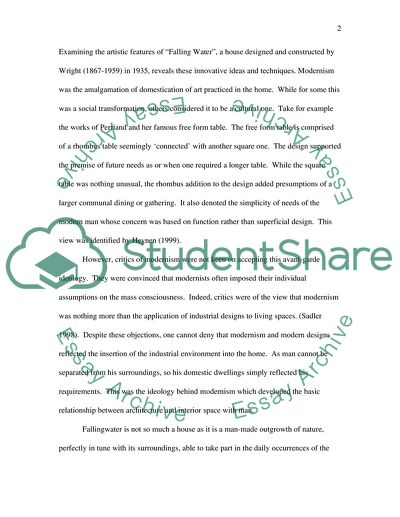Cite this document
(Fallingwater created by Franklin Lloyd Wright Research Paper, n.d.)
Fallingwater created by Franklin Lloyd Wright Research Paper. Retrieved from https://studentshare.org/engineering-and-construction/1721893-fallingwater-house-pennsylvania-usa-frank-lloyd-wright-1935
Fallingwater created by Franklin Lloyd Wright Research Paper. Retrieved from https://studentshare.org/engineering-and-construction/1721893-fallingwater-house-pennsylvania-usa-frank-lloyd-wright-1935
(Fallingwater Created by Franklin Lloyd Wright Research Paper)
Fallingwater Created by Franklin Lloyd Wright Research Paper. https://studentshare.org/engineering-and-construction/1721893-fallingwater-house-pennsylvania-usa-frank-lloyd-wright-1935.
Fallingwater Created by Franklin Lloyd Wright Research Paper. https://studentshare.org/engineering-and-construction/1721893-fallingwater-house-pennsylvania-usa-frank-lloyd-wright-1935.
“Fallingwater Created by Franklin Lloyd Wright Research Paper”, n.d. https://studentshare.org/engineering-and-construction/1721893-fallingwater-house-pennsylvania-usa-frank-lloyd-wright-1935.


